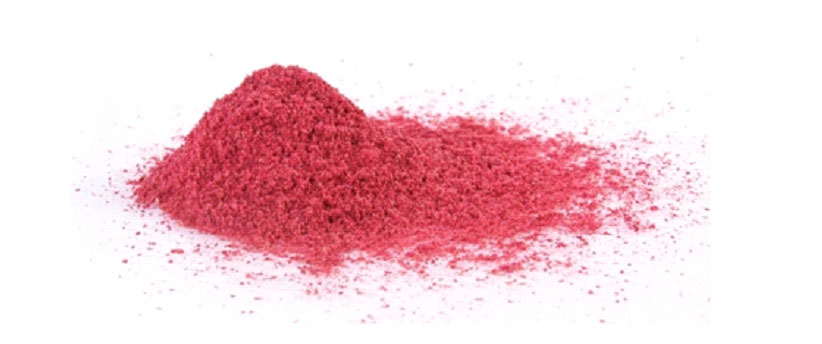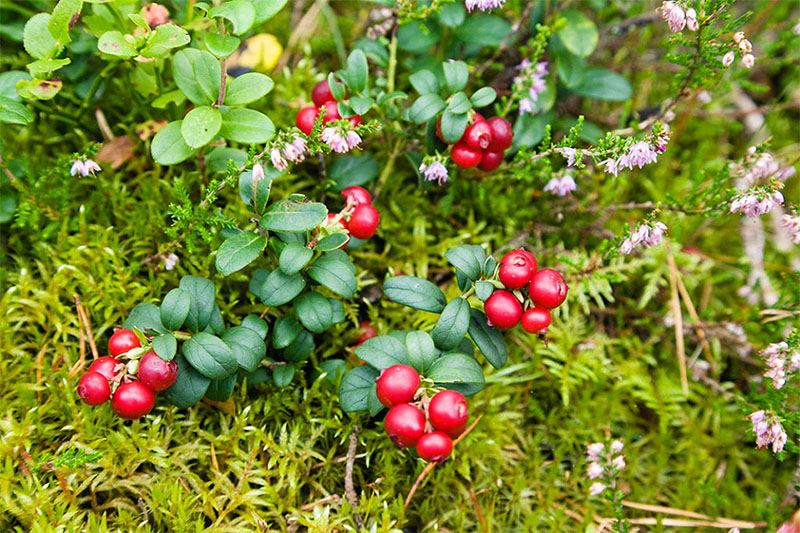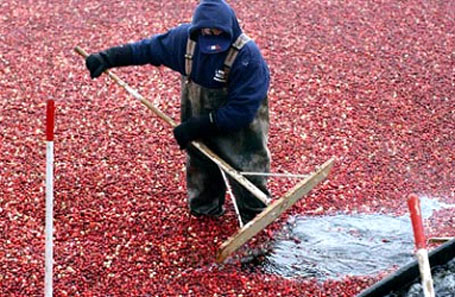Best-Selling Cranberry Extract Factory in Paris
Best-Selling Cranberry Extract Factory in Paris Detail:
[Latin Name] Vaccimium Macrocarpon L
[Plant Source] North America
[Specifications] 3% – 50% PACs.
[Test method] Beta-smith, DMAC, HPLC
[Appearance] Red fine powder
[Plant Part Used] Cranberry fruits
[Particle size] 80 Mesh
[Loss on drying] ≤5.0%
[Heavy Metal] ≤10PPM
[Pesticide residue] EC396-2005, USP 34, EP 8.0, FDA
[Storage] Store in cool & dry area, keep away from the direct light and heat.
[Shelf life] 24 Months
[Package] Packed in paper-drums and two plastic-bags inside.
[Gereral feature]
1. 100% extract from Cranberry fruit, passed ID test from the 3rd part like ChromaDex. Alkemist Lab;
2. Pesticide residue: EC396-2005, USP 34, EP 8.0, FDA;
3. The standard of the heavy mental is strictly according to the pharmacopoeia like USP, EP, CP;
4.Our company import the raw material directly from Canada and America;

5. Good water solubility, the price is reasonable
[What is cranberry]
Cranberries are a group of evergreen dwarf shrubs or trailing vines in the subgenus Oxycoccus of the genus Vaccinium. In Britain, cranberry may refer to the native species Vaccinium oxycoccos,while in North America, cranberry may refer to Vaccinium macrocarpon. Vaccinium oxycoccos is cultivated in central and northern Europe, while Vaccinium macrocarpon is cultivated throughout the northern United States, Canada and Chile. In some methods of classification, Oxycoccus is regarded as a genus in its own right.They can be found in acidic bogs throughout the cooler regions of the northern hemisphere.
Cranberries are low, creeping shrubs or vines up to 2 metres long and 5 to 20 centimetres in height; they have slender, wiry stems that are not thickly woody and have small evergreen leaves. The flowers are dark pink, with very distinct reflexed petals, leaving the style and stamens fully exposed and pointing forward. They are pollinated by bees. The fruit is a berry that is larger than the leaves of the plant; it is initially light green, turning red when ripe. It is edible, with an acidic taste that can overwhelm its sweetness.
Cranberries are a major commercial crop in certain American states and Canadian provinces. Most cranberries are processed into products such as juice, sauce, jam, and sweetened dried cranberries, with the remainder sold fresh to consumers. Cranberry sauce is a traditional accompaniment to turkey at Christmas dinner in the United Kingdom and Thanksgiving dinners in the United States and Canada.
[Function]
UTI protection, Prevent and treat urinary tract infections
Guard against cardiovascular diseases
Eliminate eye fatigue, curing eye diseases
Anti- aging
Cancer risk reduction
Product detail pictures:

Related Product Guide:
We will make just about every exertion for being excellent and perfect, and speed up our actions for standing during the rank of worldwide top-grade and high-tech enterprises for Best-Selling Cranberry Extract Factory in Paris , The product will supply to all over the world, such as: Monaco, Detroit, Paris, We have been fully aware of our customer's needs. We deliver high quality products, competitive prices and the first class service. We would like to establish good business relationships as well as friendship with you in the near future.
Help pay stevia forward, send Dan a couple of bucks if you’re entertained by these vids
https://www.paypal.com/cgi-bin/webscr?cmd=_s-xclick&hosted_button_id=UZ9U86882Z9ZE
Biology (Grade 9): High School Learning: CELL WALL:
Cell Wall- A Protective layer surrounding the cell on the outside of the plasma membrane.
Cell Wall is only present in plant cell.
Cell Wall consists of 3 layers.
- Middle lamellla.- Outer wall.
- Primary Wall- Formed after middle lamella and consists of a skeleton of cellulose microfibrils, embedded in gel like matrix of pectic compounds, hemicellulose, and glucoprotein.
- Secondary Wall:
Formed after cell enlargement is completed , provides compression strength.
- Plasmodesmata: Connection between cells,A microscopic channels through the cell walls and lamella.
Cell Wall and Turgor:
- Cell Wall is made of neutral and charged polysacchrides absorbs H2O because it has a hypotonic environment.
- Increased H2O in the cell – Turgor Pressure. If a plant cell is turgid . it is very form , a healthy state in the most plant,If plant is flacid . it is isotonic solution.
Difference between CELL MEMBRANE and CELL WALL.
; Videos by Edupedia World(www.edupediaworld.com), Online Education. Click on (https://www.youtube.com/playlist?list=PLJumA3phskPH0wB23s3SD2Lnz0FbdrgjO) for more Videos.
It's really lucky to find such a professional and responsible manufacturer, the product quality is good and delivery is timely, very nice.







